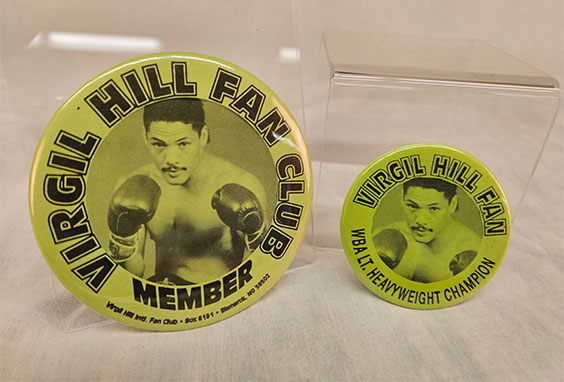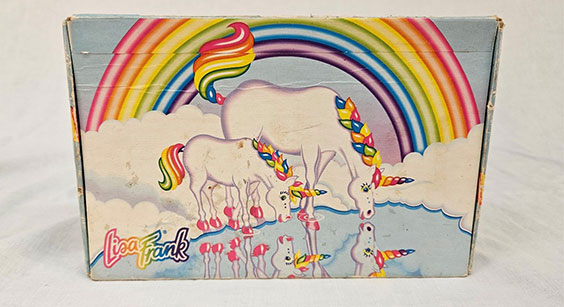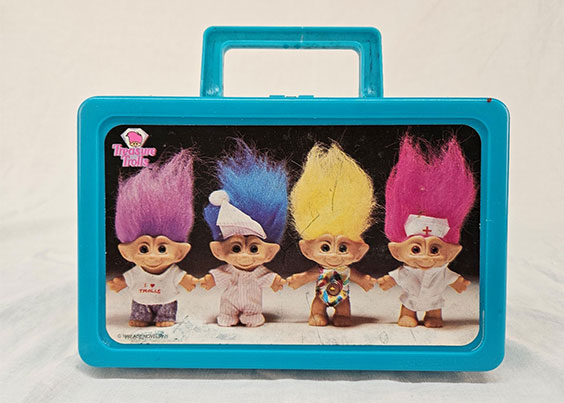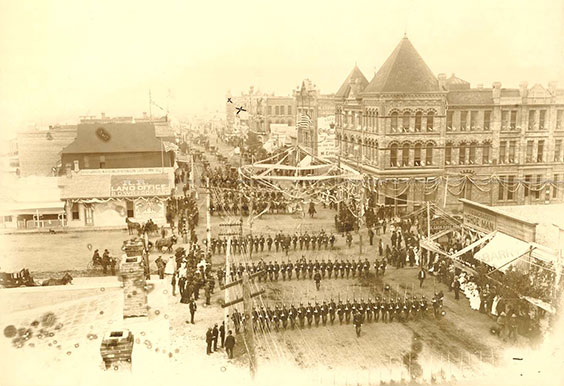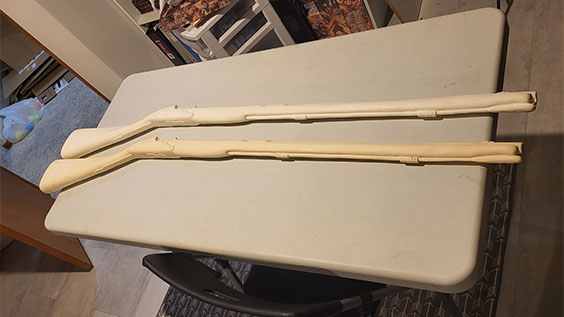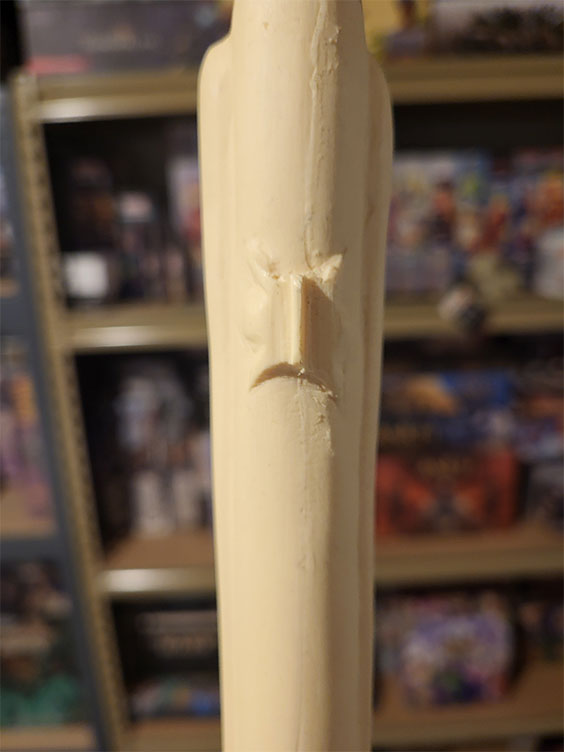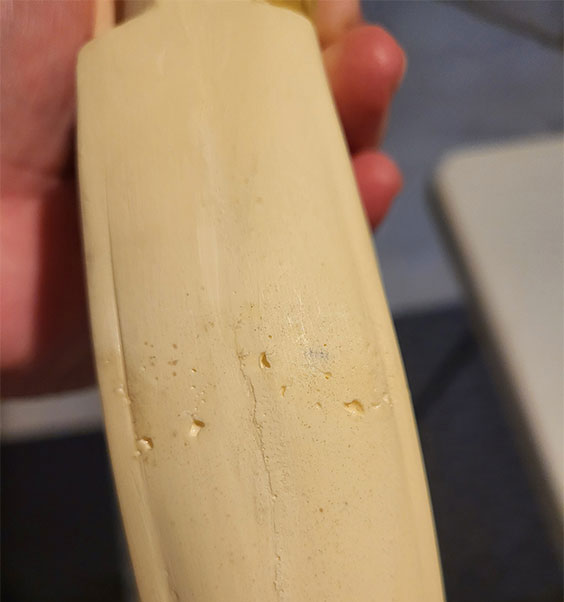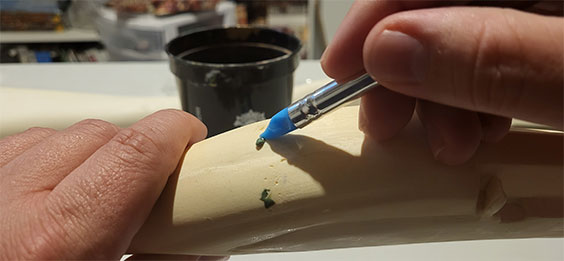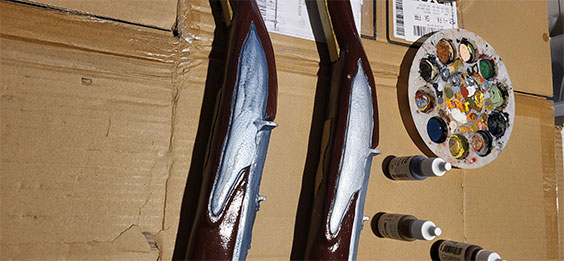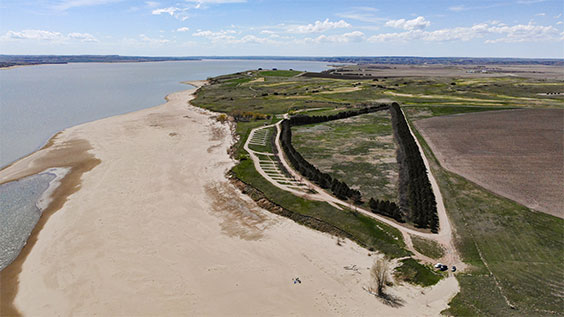What’s in a Name? Five Fantastic Tales of North Dakota Place Names
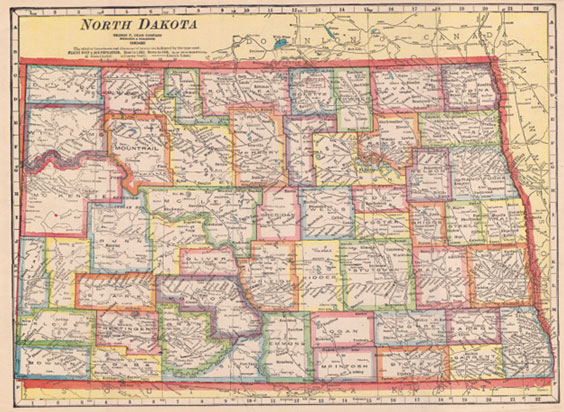
This map of North Dakota published by the George F. Cram Company in 1922 shows the former towns of Yucca and Whynot. OCLC 378465128
Recently, the North Dakota State Archives received permission from Doug Wick to digitize his 1988 book “North Dakota Place Names” and make it accessible on Digital Horizons. This invaluable resource includes nearly every place name in North Dakota and features the present-day county, location, and history of each place.
To celebrate online access for Wick’s book, here are five tales of North Dakota place names.
1. Yucca (Oliver County)
According to Wick, the town of Yucca was established in 1901 near the Heart Ranch trading post. Yucca was named for the area’s abundant yucca lilies. The local history book “Oliver County: 1885-1985” notes that Yucca was home to the first dairy operation and cheese factory in the area. Yucca also hosted a rodeo for several years, and the rodeo grounds even had a bowery for dancing! Though the yucca lilies remain, unfortunately Yucca’s post office closed in 1945.
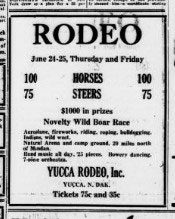
Yucca Rodeo advertisement from the Bismarck Tribune, June 23, 1926, p. 2
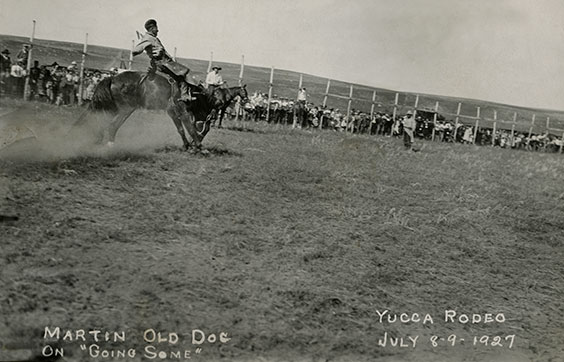
Martin Old Dog Cross rides Going Some at the Yucca Rodeo, July 1927. After his rodeo days, Cross would go on to serve multiple terms during the period from 1944 to 1956 as chairman of the Three Affiliated Tribes. SHSND SA 11517-00418
2. Kidville (Ransom County)
In 1898, Andrew J. Olson, Alfred Thompson, and a group of young men left Fort Ransom and established a rival town called Kidville. “Merchants in the older town coined the name to note that most of the residents in the new town were teenagers or very young adults,” Wick points out in his book. As noted in, “Fort Ransom Area History, 1878-1978,” the first telephone service in the area started in Kidville (kids … always so up on the new technology). The last business in Kidville closed its doors in 1919 (perhaps all the kids returned home).
3. Bachelor’s Grove (Grand Forks County)
This North Dakota town was literally called Bachelor’s Grove because the seven men who settled there in the late 1870s were bachelors. The meaning of the town’s name didn’t stick around for long—the bachelors married and started families. The townsite was abandoned in the late 1880s due to the railroad’s expansion in other parts of the county; however, the area remained an active social and recreational site for decades. A large pavilion for dancing, orchestras, and bands was on the site, followed by a skating rink, and eventually a youth Bible camp. Fun fact: Gov. Eli Shortridge (the first to live in what is now the Former Governors’ Mansion) farmed in the area and was often referred to as the “old grey farmer from Bachelor’s Grove,” according to the Bowbells Bulletin-Tribune. For the record, Shortridge was not a bachelor.

Grand Forks Herald article about the annual Bachelor’s Grove picnic, June 21, 1916, p. 10
4. Whynot (Grand Forks County)
Whynot was situated in the very southeast corner of Grand Forks County. The town was established in 1881 as the location of a general store owned by Erik K. Larsgaard. He was often asked why he set up shop there, to which his response was “why not?” Thus, Whynot got its name.
5. Sturgis (Morton County)
South Dakota’s 84th Sturgis Motorcycle Rally recently came to a close. Although the Sturgis in South Dakota is more well known than Sturgis, North Dakota, the latter predates it. According to Wick, this Mandan predecessor was established in 1877 near Fort Abraham Lincoln and named for Lt. J.G. Sturgis, who died at the Battle of the Little Bighorn. Meanwhile, the South Dakota Sturgis, named for Sturgis’ father, Maj. Samuel D. Sturgis, was established in 1878.
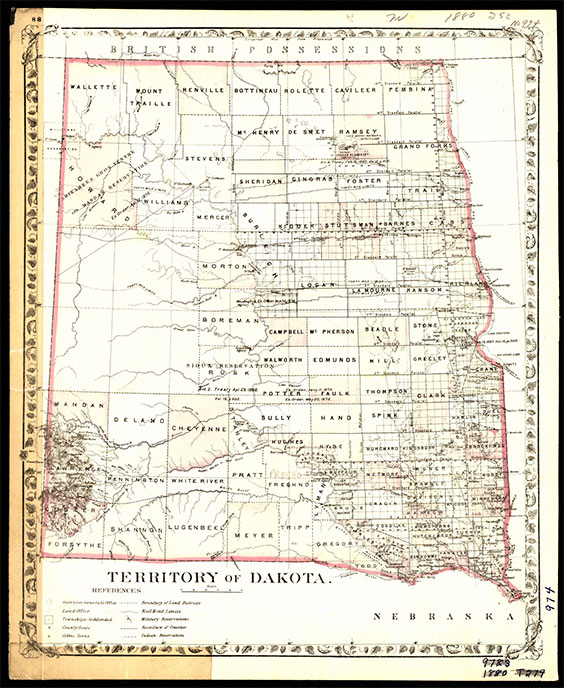
Territory of Dakota map, General Land Office, 1879. Zoom in on "Morton" and you will see Sturgis. OCLC 28283598

Bismarck Weekly Tribune article on the founding of Morton County’s Sturgis City, April 27, 1877, p. 4

Lt. John Sturgis of the 7th Cavalry, namesake of Sturgis, Dakota Territory. SHSND SA 00091-00548




